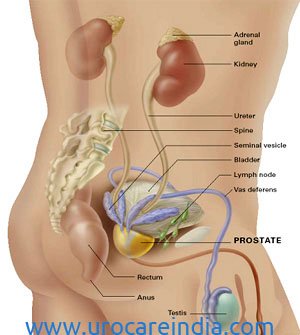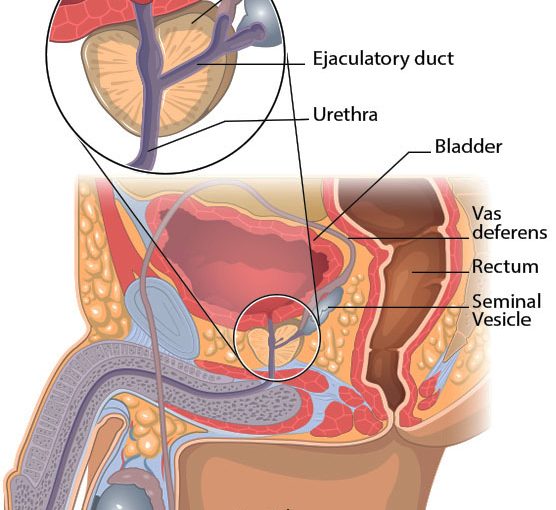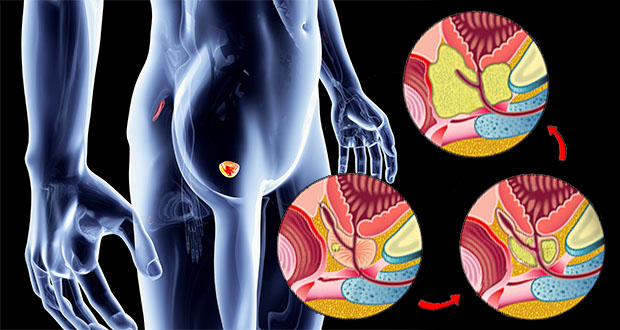Learn about prostate cancer treatment options
Let’s take a closer look at the most common cancer in American men, prostate cancer. 1 man in 6 will be diagnosed with prostate cancer in his lifetime. You need to know your options: There is a lot to think about when choosing the best way to treat or manage your prostate cancer. You should always get a second opinion, especially if you have many treatments to choose from. Prostate cancer is a complex disease, and doctors may differ in their opinions about the best treatment options. You will want to weigh the benefits of each treatment against its drawbacks, side effects, and risks.
RADIATION TREATMENT
There are several radiation options for the treatment of prostate cancer.
- External beam radiation therapy involves focusing a beam of ionizing radiation to the tumor while sparing the surrounding tissue. Treatments are given Monday through Friday and last less than 30 minutes.
- 3-Dimensional Conformal Radiotherapy (3D-CRT) is a method of treatment delivery that combines multiple radiation treatment fields using 3-Dimensional computer planning to produce a high-dose area of radiation that conforms to the shape of the area to be treated.
- Intensity modulated radiation therapy (IMRT) is an advanced form of 3D-CRT that modifies the intensity or strength of each radiation beam. It utilizes a sophisticated system of treatment delivery that allows a precise adjustment of the radiation beam intensity to the tissue within the target area while minimizing effects on surrounding tissue.
- IGRT or Image Guided Radiation Therapy is another technology that can also be used to ensure better targeting of daily radiation treatments.
- The Newest Technique is Stereotactic body radiation therapy (SBRT) is a specialized form of 3D-CRT that delivers high doses of radiation over a period of five to ten days.
- Brachytherapy refers to the technique of implanting small radioactive sources directly into the prostate gland. This procedure takes place under anesthesia, usually in the operating room. Brachytherapy is generally used only in men with early stage prostate cancer that is relatively slow growing. There are two methods of delivering this type of radiation to prostate cancer:
SURGERY
A surgical approach toward the treatment of prostate cancer is called a prostatectomy. There are several prostatectomy options:

- Radical Retropubic Prostatectomy: The most common type of prostatectomy involves making an incision in the abdomen and removal of the prostate from behind the pubic bone.
- Nerve-sparing prostatectomy: The surgeon cuts very close to the edges of the prostate. Care is taken to spare the nerves responsible for erections that run alongside the prostate. In cases when the nerves cannot be spared it may be possible to perform a surgical grafting procedure.
- Laparoscopic Radical Prostatectomy (LRP): minimal invasive surgery. Very small incisions are made in the abdomen, into which the surgeon inserts narrow instruments fitted with cameras (laparoscope) and/or surgical tools, allowing the surgeon to visualize and operate on the internal structures without cutting open the entire abdomen.
Side effects of prostatectomy%u2028 include urinary incontinence (stress and total), erectile dysfunction (ED) and impotence, and post-operative complications.
HORMONE THERAPY
is also called androgen deprivation therapy (ADT) or androgen suppression therapy. Often hormone therapy will be used in addition to other treatment. It may consist of a combination of injections and oral tablets. Therapy typically begins at least two months prior to radiotherapy and may be recommended for up to three years depending on the clinical situation.

ACTIVE SURVEILLANCE
The concept of active surveillance, or watchful waiting means watching the patient closely with regular PSA tests and digital rectal exams every 3 to 6 months. Transrectal ultrasound-guided prostate biopsies may be done every year as well. Treatment is started if the cancer seems to be growing or getting worse, based on either a rising PSA, a change in the rectal exam, or biopsy results.




